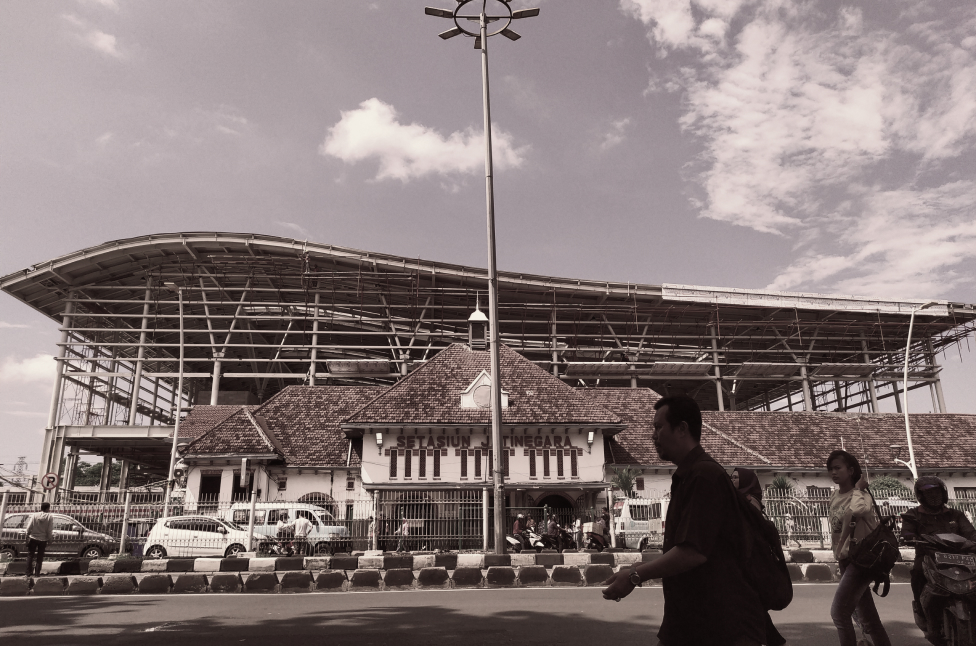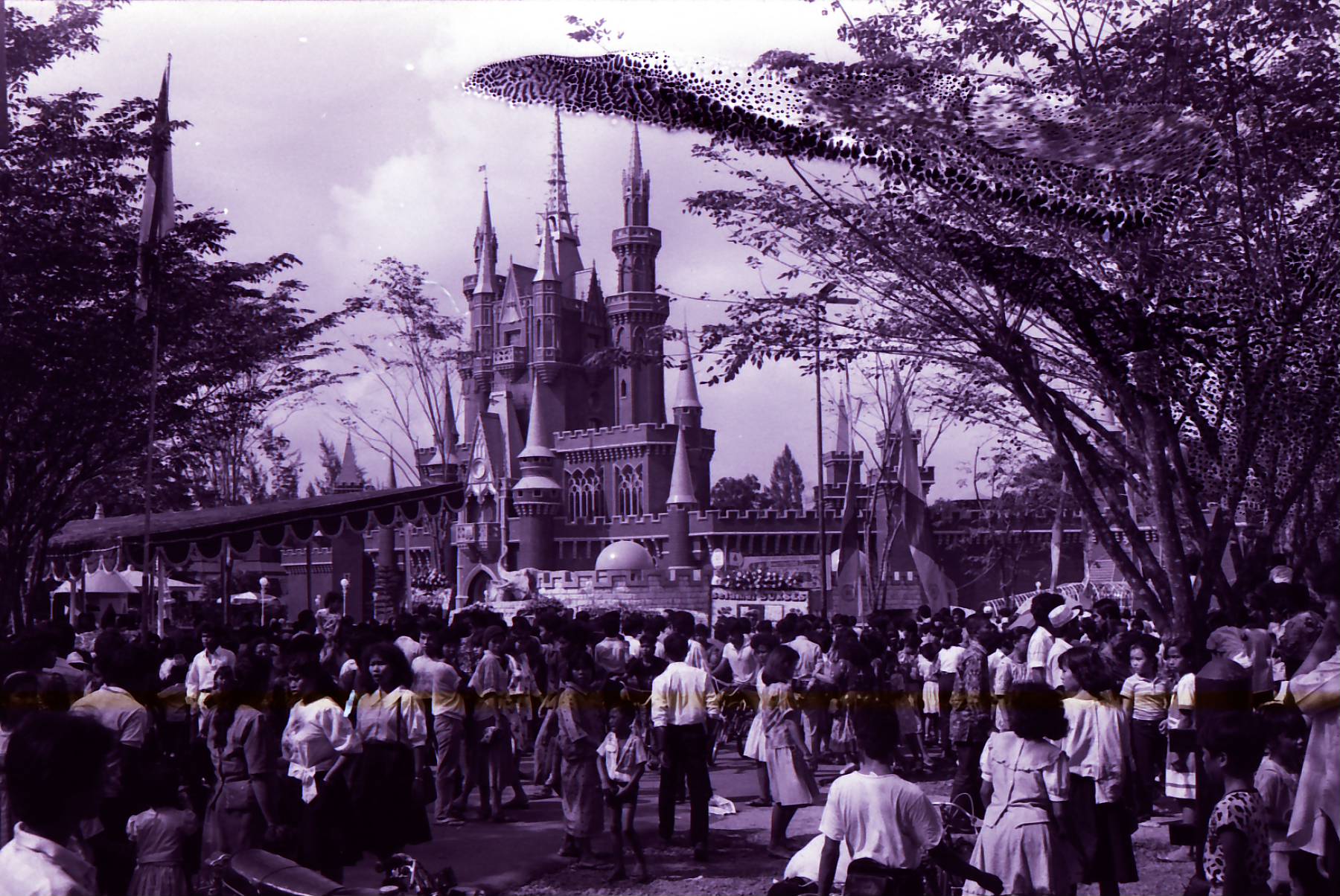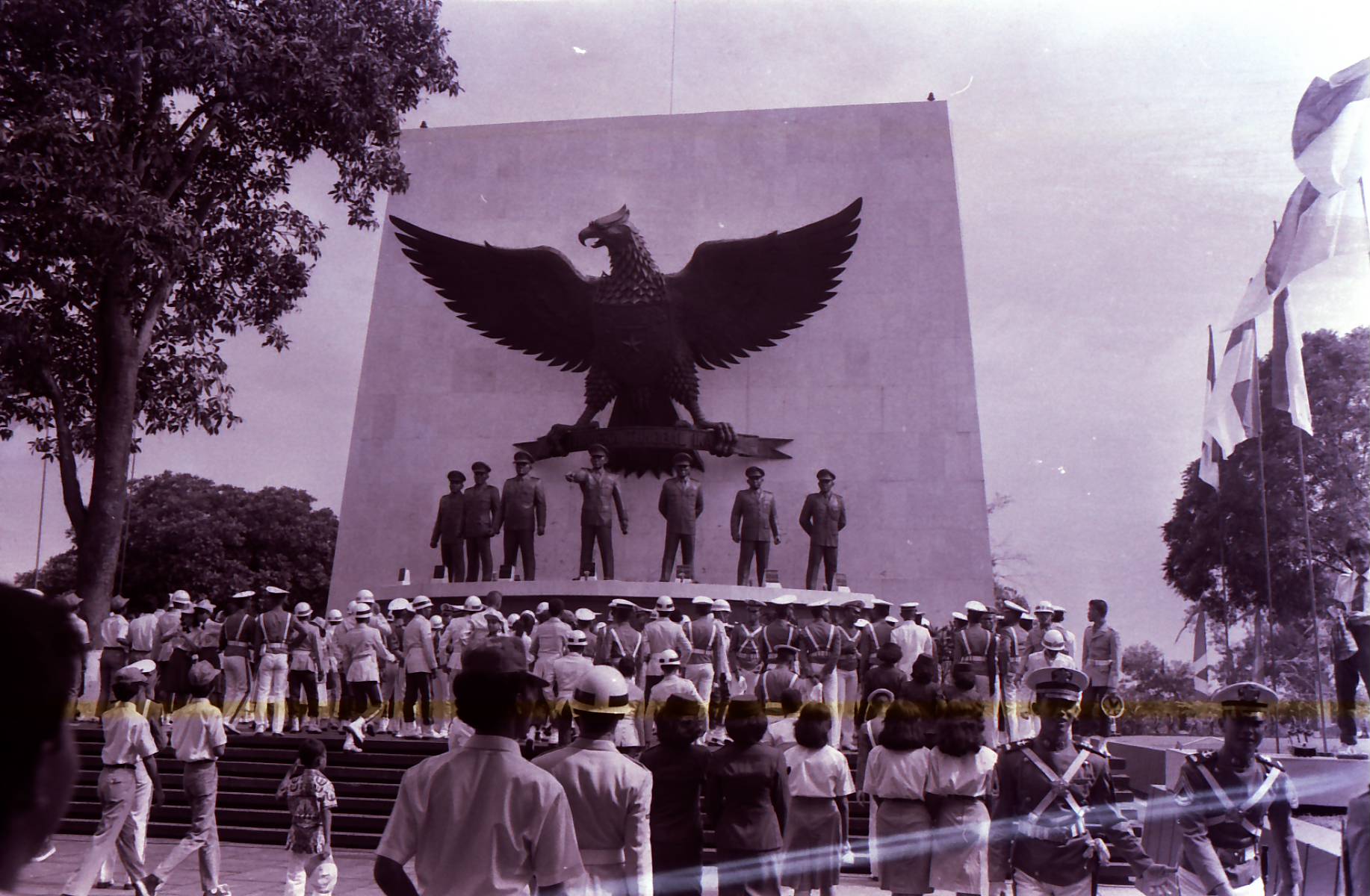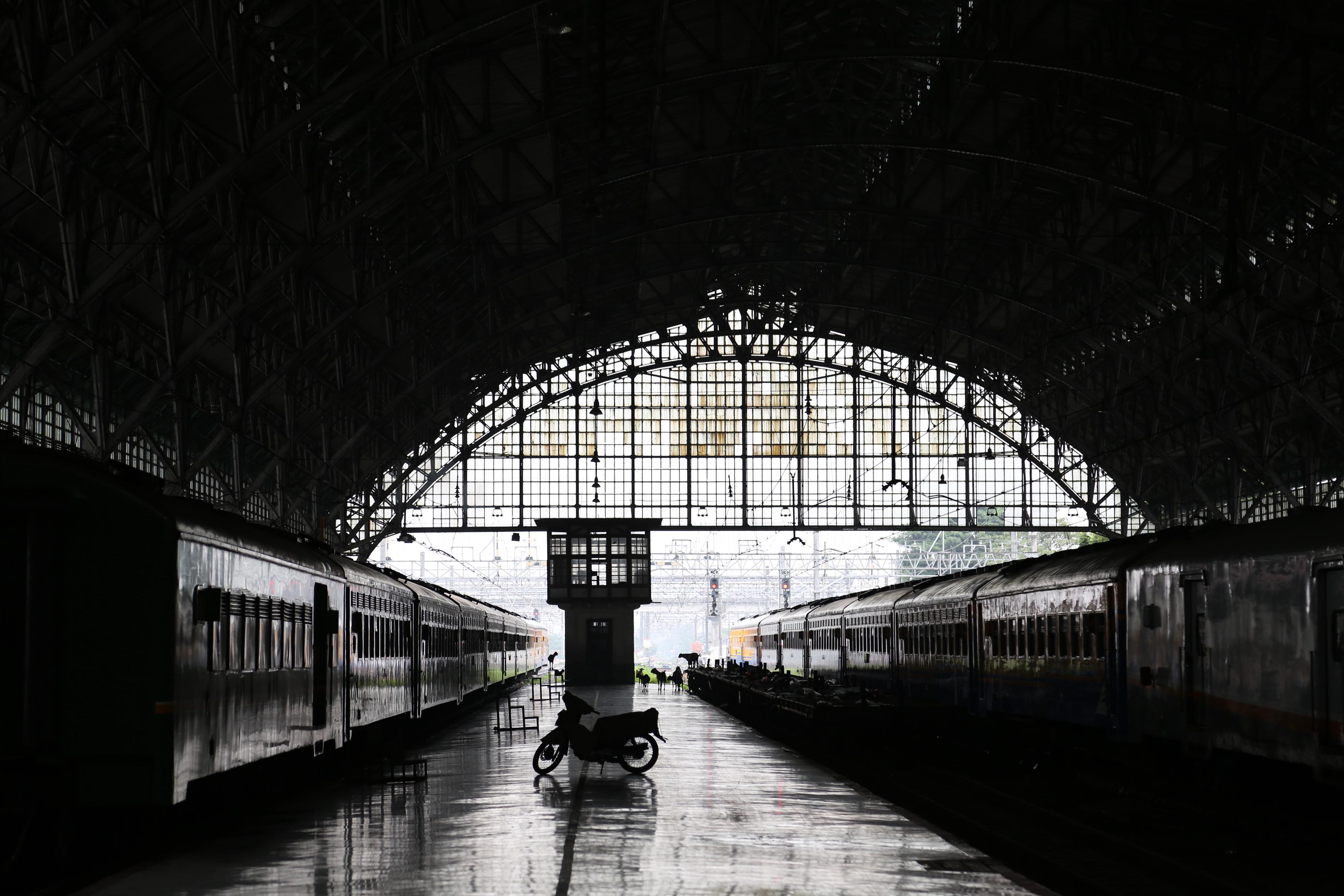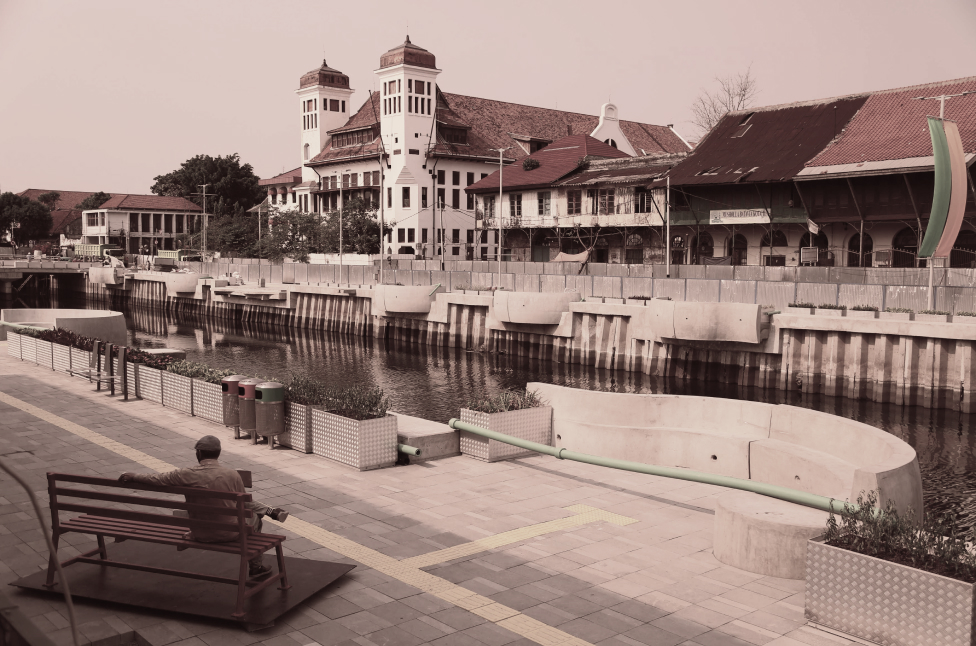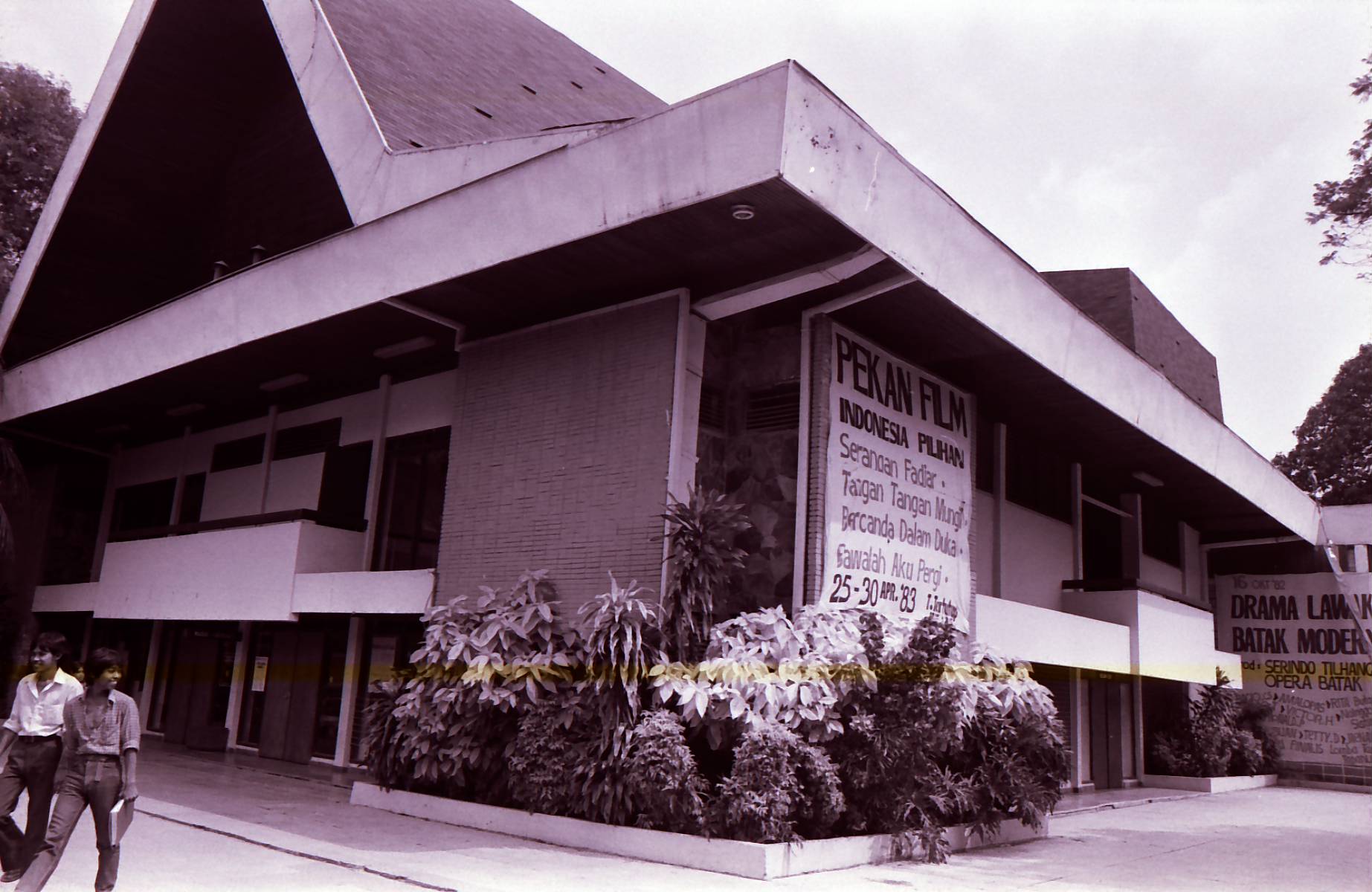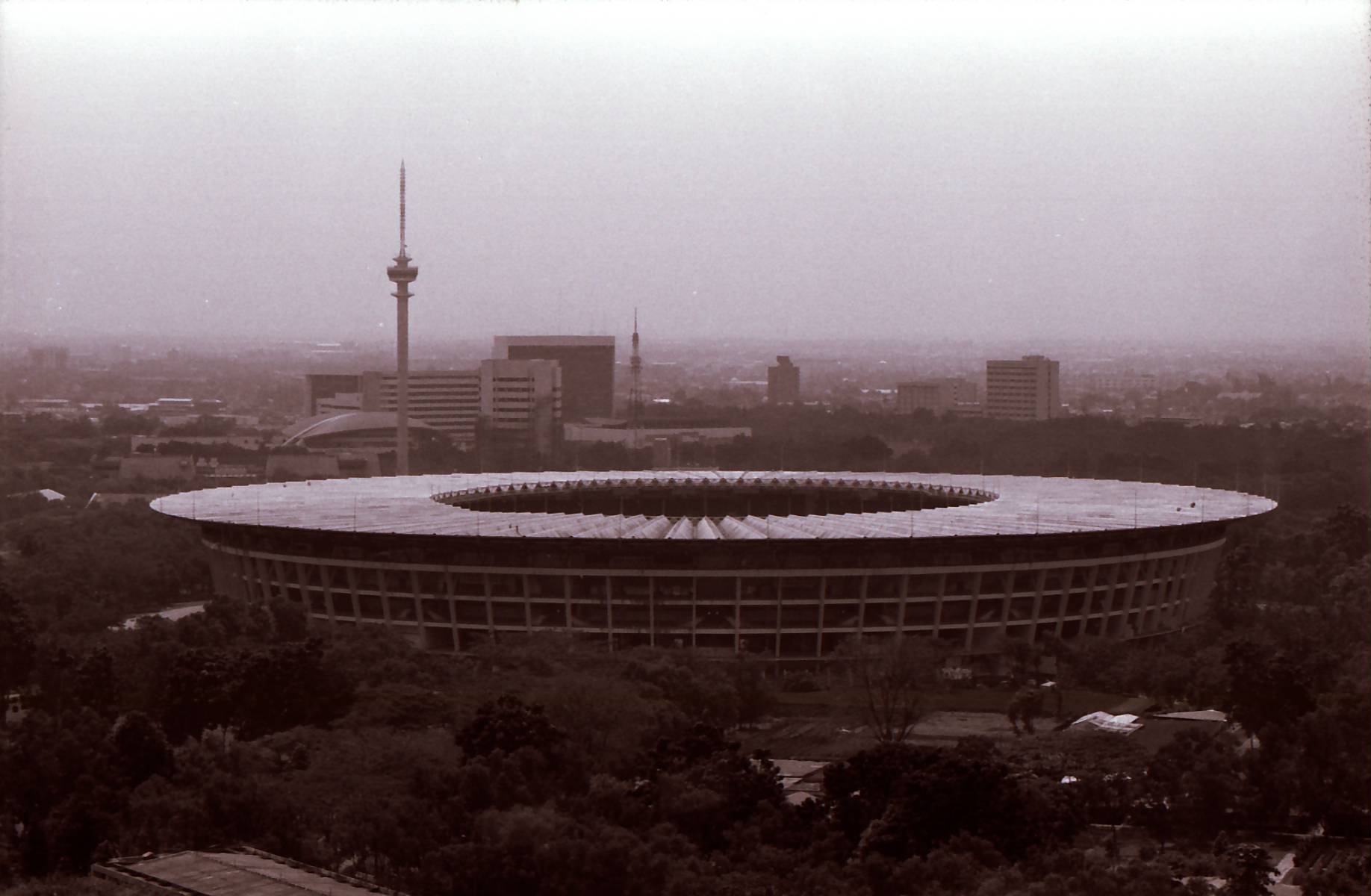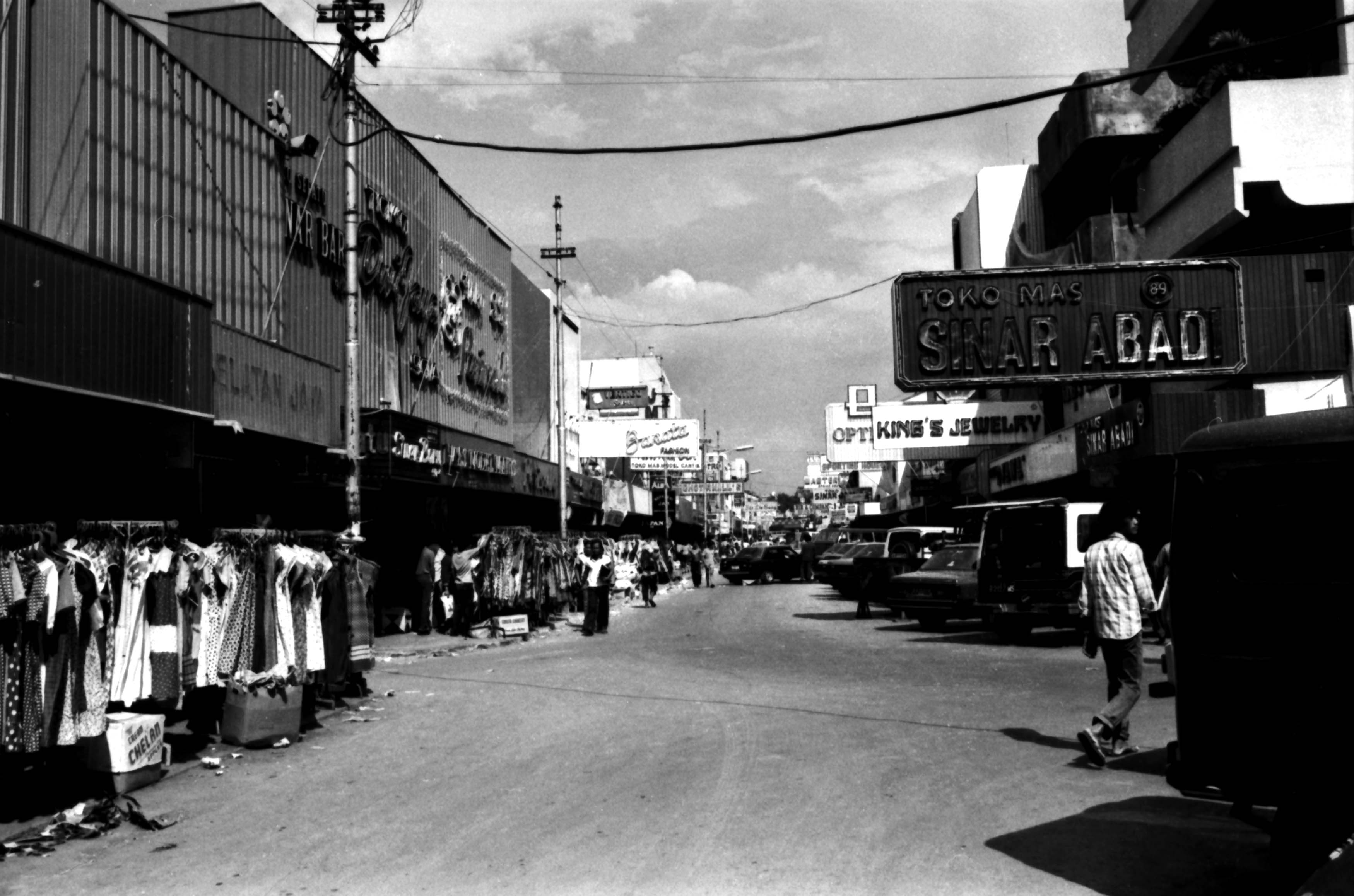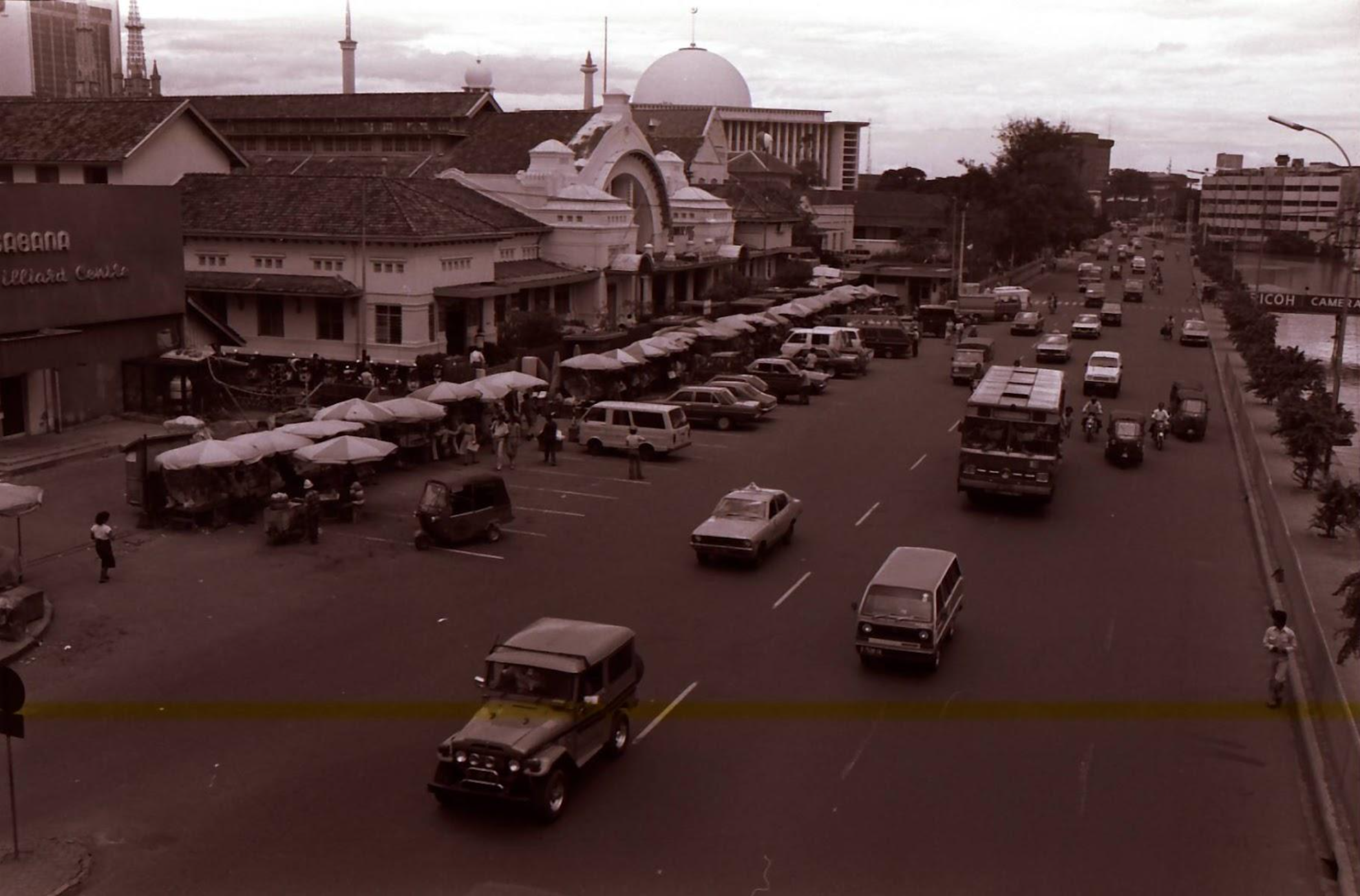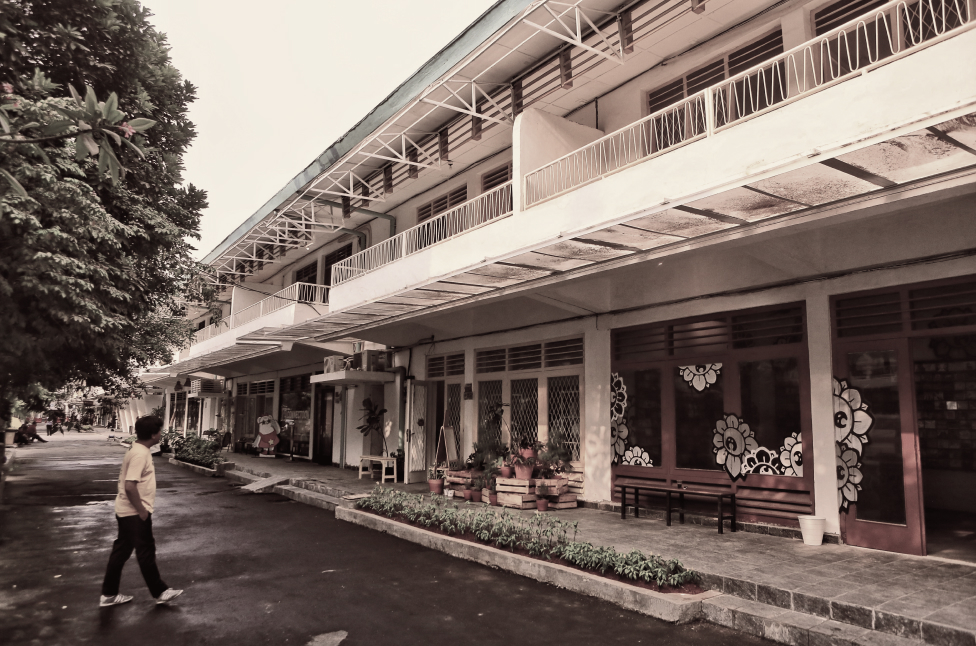Arguably the most iconic landmark in Jakarta, the monument’s eternal flame shines bright day and night, offering unrivaled views of the capital’s skyline from its observation deck. Known affectionately to locals as “Monas,” the 132-meter-tall obelisk is located in the middle of Medan Merdeka Square, Central Jakarta.
Monas was established to commemorate the resistance and struggle of the Indonesian people in gaining independence from the colonial government. The monument took 14 years to build and is hoped to inspire and create pride and patriotism for the nation’s future generations. The flame, covered with gold leaf, symbolizes the burning fighting spirit of the Indonesian people.
Step into the Independence Room to feel the euphoric spirit of 1945. The amphitheater stores the original text of the Proclamation of Indonesian Independence, which is kept in a glass case inside the gold-plated gate, the Indonesian state symbol, and the gilded map of the islands of the Unitary State of the Republic of Indonesia. Originally, it was supposed to display Sang Saka Merah Putih, the flag that was originally hoisted on August 17, 1945, however the sacred piece was kept away due to its aging and fragile condition.
